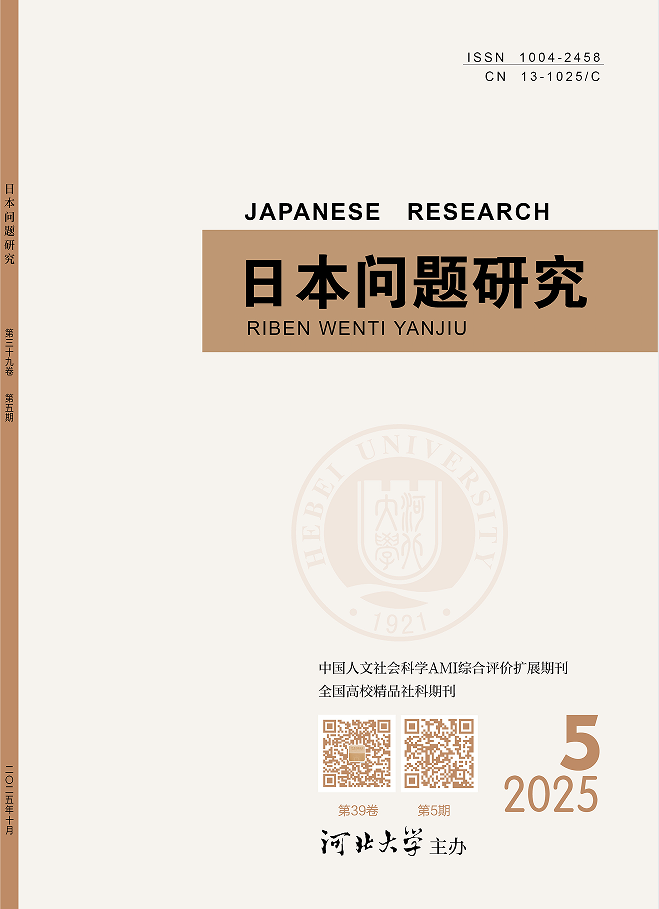Office Online
Journal Online


双月刊,1964年创刊
主管:河北省教育厅
主办:河北大学
编辑出版:《日本问题研究》编辑部
主 编:孟庆瑜
副主编:刘相美
ISSN 1004-2458
CN 13-1025/C
邮发代号:18-502
主管:河北省教育厅
主办:河北大学
编辑出版:《日本问题研究》编辑部
主 编:孟庆瑜
副主编:刘相美
ISSN 1004-2458
CN 13-1025/C
邮发代号:18-502
Current Issue
25 October 2025, Volume 39 Issue 5


